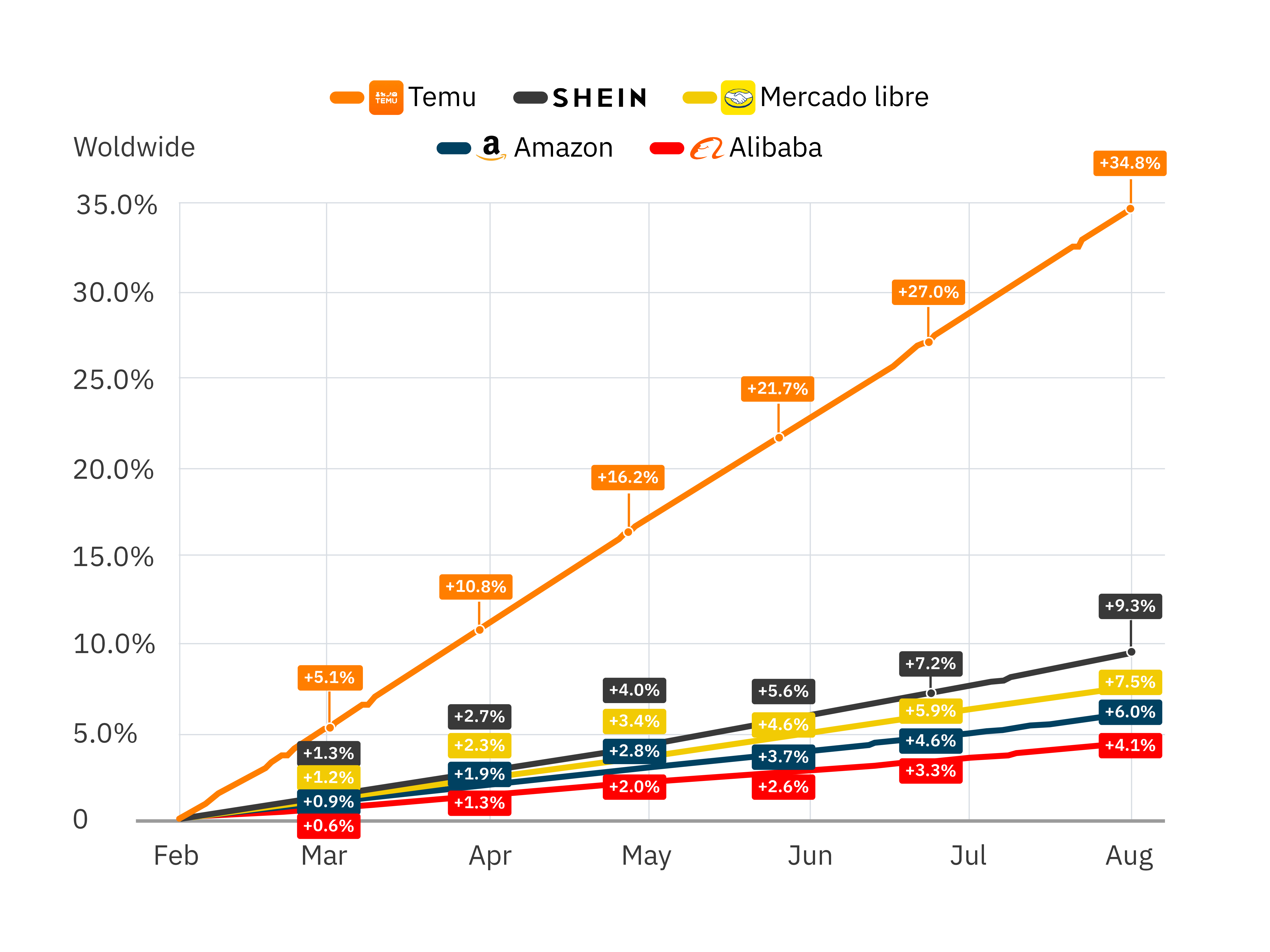
Data collection is a process that can be carried out using various methods, including surveys, interviews, questionnaires, observations, experiments, record analysis, and more. Data collection may also include gathering information from secondary sources, such as databases, reports, prior studies, and other available resources.
The purpose of data collection is to obtain relevant and accurate information to better understand a particular phenomenon or issue. Collected data is used for analysis, report generation, informed decision-making, and developing strategies.
Types of Data
- Numerical Data: Also known as quantitative data, numerical data is expressed in numbers. It includes variables like age, income, weight, grades, and time. Numerical data can be analyzed with statistical techniques to determine measures of central tendency, variability, and relationships.
- Categorical Data: This data represents distinct categories or characteristics without numeric expression. Examples include gender, marital status, occupation, or brand. Categorical data is often analyzed using frequency analysis and cross-tabulations.
- Qualitative Data: Descriptive and subjective, qualitative data is obtained from observations, interviews, or text analysis. It may include opinions, narratives, personal experiences, or detailed descriptions. Qualitative data is often analyzed through thematic or content analysis.
- Binary Data: Binary data can only have two possible values, such as “yes/no,” “true/false,” or “1/0.” Commonly used in multiple-choice surveys or presence/absence tests, binary data represents dichotomous variables.
- Spatial Data: This data relates to geographic or spatial locations, including GPS coordinates, maps, addresses, or geographic regions. Spatial data is useful in location analysis, mapping, and geospatial studies.
- Temporal Data: Representing time-based information, such as dates, times, or timestamps, temporal data helps in analyzing trends, time-based changes, and sequential events.
- Text Data: Presented as text, this data includes documents, text messages, social media posts, or emails. Text data can be analyzed using natural language processing techniques to extract information, classify texts, or perform sentiment analysis.
For more on data processing and analysis, explore our article on effective data handling techniques.
Why Are Data Types Important in Analysis?
Different types of data offer unique insights essential for effective analysis and decision-making. Here are some reasons why data types are critical:
- Context and Understanding: Data types provide context and help us understand the information we collect. Each data type sheds light on particular aspects of a phenomenon, giving us a more accurate and complete picture.
- Appropriate Analysis: Each data type requires different analytical approaches. By understanding the data types, we can choose suitable analysis techniques, allowing us to uncover relevant insights, identify patterns, and make accurate interpretations.
- Informed Decision-Making: Data types support well-founded decision-making by offering diverse information perspectives, whether numerical, categorical, qualitative, temporal, or spatial.
- Strategy and Policy Design: Data types help us recognize key factors impacting a phenomenon. This allows for more effective strategies and policies that address challenges or capitalize on opportunities based on accurate information.
- Trend and Pattern Identification: Different data types reveal trends and patterns. Numerical data shows temporal trends, while qualitative data uncovers emerging themes in participant responses. These patterns are valuable for strategic planning and anticipating changes.

#WebScraping #DataCollection #DataAnalysis




.png)

.png)

